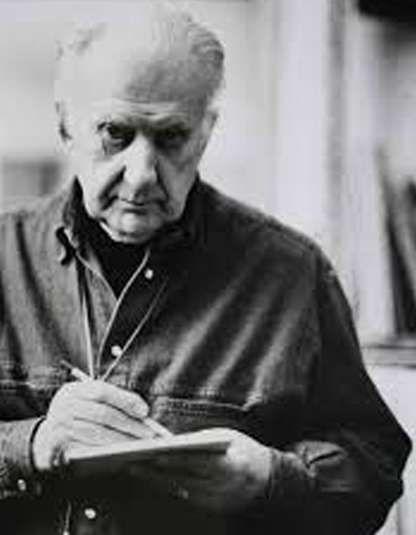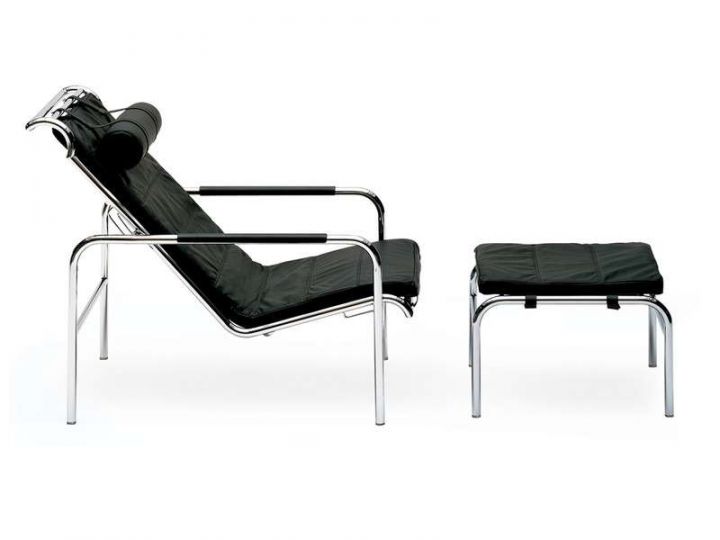Gabriele Mucchi
Born in 1899 in Turin, he is an engineer and a painter; he pursued that career in Milan, Berlin and Paris from 1927 to 1934. When Mucchi returned to Milan he played a lead part in the avant-garde movements of the time, from Corrente to the Realist Movement; he helped found the latter and was a cardinal figure in it. At the same time, he had a creative and functional role in the Milanese group of Rationalist architects, from Pagano to Rogers, to Albini, to Belgiojoso, to Gardella and to Zanuso. He worked with Bottoni, Lingeri and Terragni on competitions and courageous built works. He took part in the 5th Milan Triennale in 1933, with a fresco and the exhibit of his Winding Sheet Chapel.
In 1934 he created the Via Marcora house, one of Milan's earliest examples of Rationalist architecture. In 1935 he designed and built some metal furniture, including the Genni lounge chair. He participated in the 6th, 7th and 8th Triennale shows, either as an architect or a painter. Mucchi was a member of CIAM and MSA. With Piero Bottoni he, and others, contributed to the experimental district, QT8, where he had a prefabricated house erected in 1947. During the same year he helped draw up Milan's master plan; previously, he had proposed the AR Plan, with Albini, Bottoni, Belgiojoso, Peressutti, Putelli and Rogers.
In 1945 he built the Valera Fratta Farmers's House, with Bottoni and Pucci. In 1953 he built the Muscoline kindergarten. After 1955 he devoted himself exclusively to painting; from 1956 to 1961 he taught at the Academy in East Berlin and the University of Greifswald. In 1960 he briefly took up architecture again, creating the Braendli House in Carona. In 1983 a comprehensive exhibition of his works was staged at the Berlin Museum of Modern Art, Moscow's Pushkin Museum and the Society of Current Art in Bremen. He died in May 2002.

